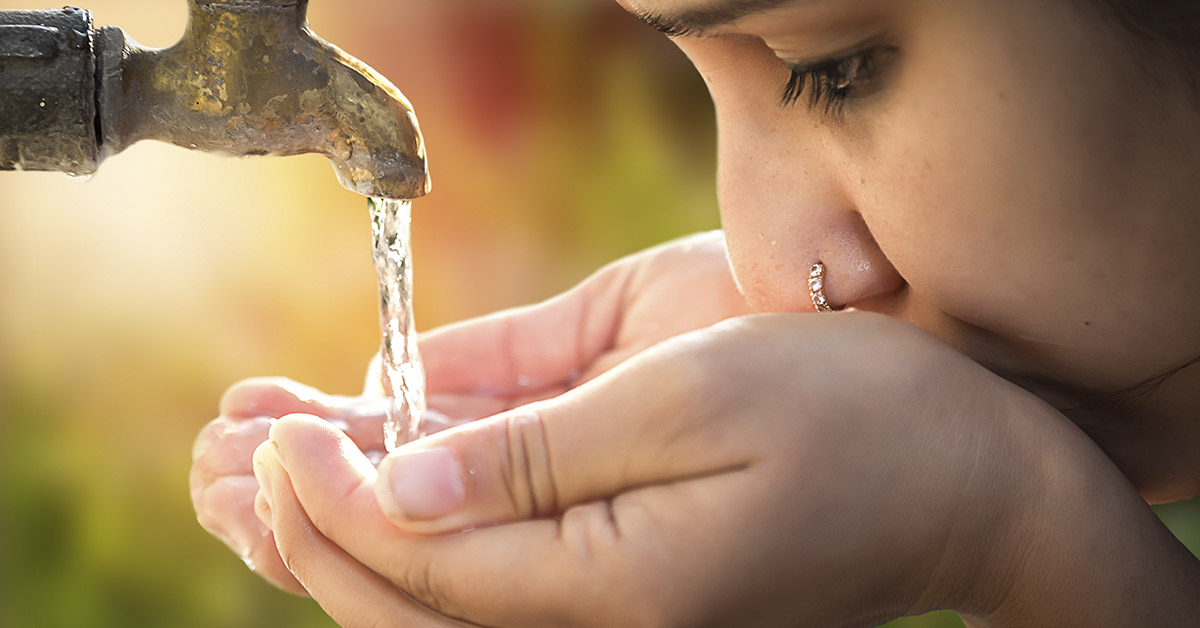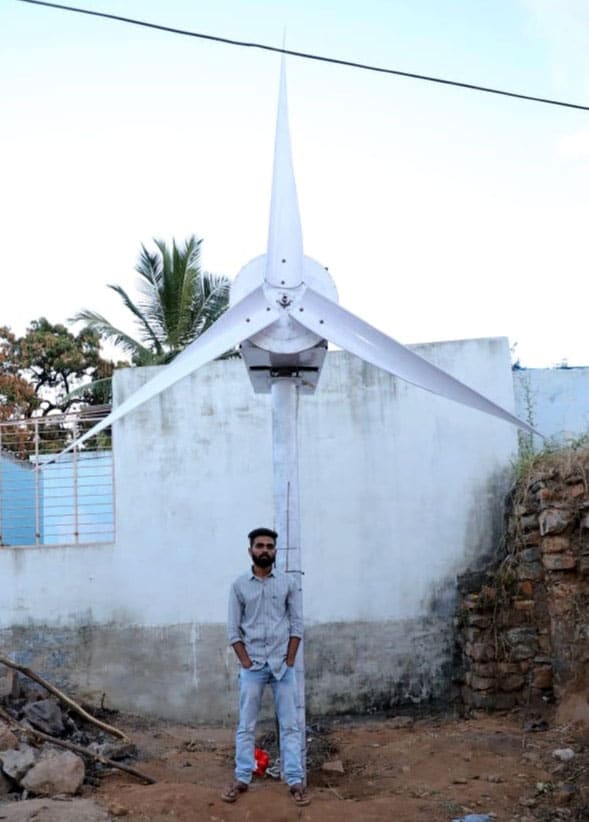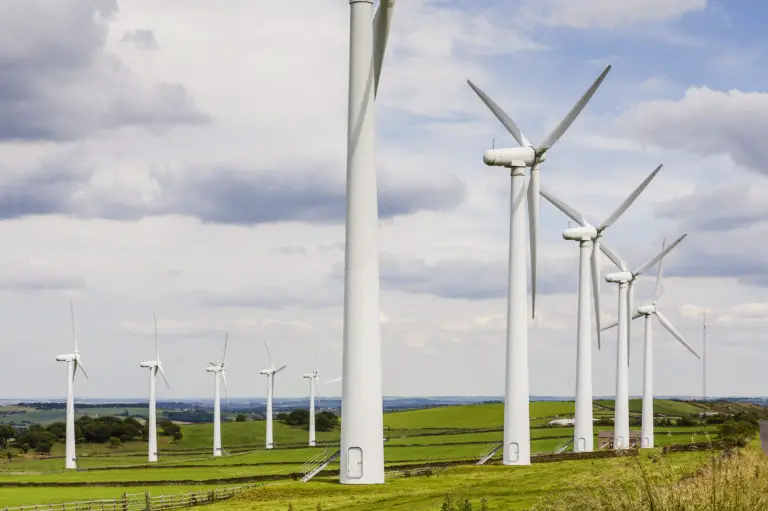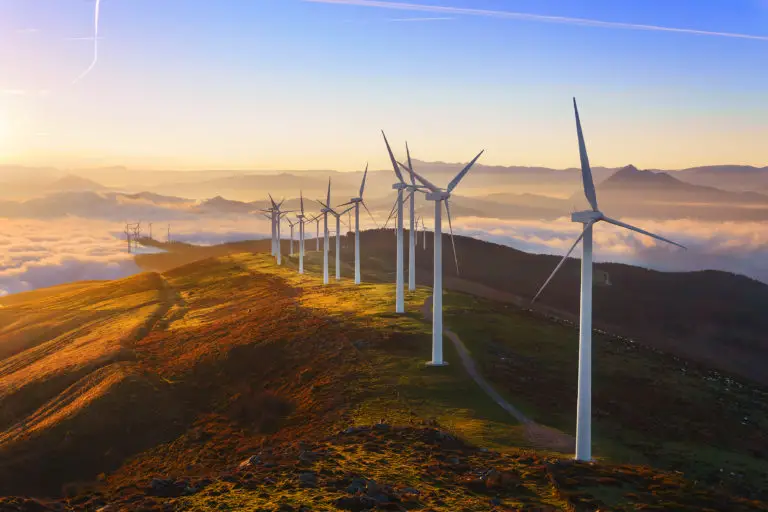Water, often described as the elixir of life, plays an indispensable role in sustaining all forms of life on our planet. From quenching our thirst to powering our industries, water is an essential resource that we cannot afford to take for granted. In this article, we will explore the vital importance of water to our existence and delve into an innovative solution that not only generates electricity but also provides access to clean drinking water – the wind turbine.

Access to clean water and electricity is a pressing issue for millions of people worldwide, including 88 million individuals in India. The scarcity of clean drinking water is often attributed to factors like dry weather, contaminated groundwater, and resource depletion. In 2020, Madhu Vajrakarur, an electrical engineering student from Andhra Pradesh, India, developed a remarkable wind turbine. He faced these challenges head-on and created a solution combining electricity generation with safe drinking water production.
Harnessing Water and Wind: The Dual-Role Wind Turbine
In the pursuit of sustainable energy sources, wind turbines have become a prominent feature of the renewable energy landscape. Traditionally, wind turbines are known for harnessing the kinetic energy of wind to produce electricity. However, a groundbreaking innovation now enables these towering structures to serve a dual purpose – generating both electricity and clean drinking water.
How does it work?
Electricity Generation: Wind turbines have been generating electricity for decades by harnessing the kinetic energy of the wind to turn their massive blades, which in turn powers generators. This electricity is then fed into the grid and used to meet our energy needs.
Water Production: Innovative wind turbines, equipped with water condensation technology, extract moisture from the air and convert it into clean drinking water. This process involves cooling the air to create condensation, similar to how a dehumidifier works. The collected water is then filtered and treated to meet drinking water standards.
Moisture Collection: Transforming Air into Clean Drinking Water
One of the most remarkable aspects of dual-role wind turbines is their ability to collect moisture from the atmosphere and convert it into clean, potable water. This innovative process not only demonstrates the synergy between renewable energy and sustainability but also holds the promise of addressing water scarcity issues in arid regions. Let’s take a closer look at how moisture collection within these turbines works.
- Air as a Water Source: The concept of collecting moisture from the air is not entirely new, as it mimics the natural process of condensation. When warm air encounters a cold surface, such as the exterior of a glass of cold water, it releases moisture in the form of tiny water droplets. This principle is the foundation of moisture collection in dual-role wind turbines.
- Harnessing Atmospheric Moisture: Within the wind turbine, a specially designed system is put in place to efficiently capture moisture from the passing air. This system operates in a manner similar to how refrigerators utilize copper pipes to cool their interiors. Here’s how it works:
- Blower Mechanism: Located at the rear of the wind turbine’s fan, there is a blower mechanism. This blower serves as the entry point for the incoming air, ensuring that a constant flow of air is directed into the turbine’s structure.
- Cooling Process: Once the air enters the turbine, it is subjected to a cooling process. This cooling can be achieved through various methods, such as the circulation of a coolant or the expansion of air. As the air cools, it reaches a point where it can no longer retain all of its moisture, causing the excess moisture to condense.
- Condensation Collection: The condensation process within the turbine creates water droplets that accumulate and are collected in a dedicated reservoir. It’s crucial to note that this collected moisture is usually in its purest form, free from contaminants and impurities found in natural water sources
3. Water Treatment: While the collected moisture is pure, it still undergoes a series of filtration and treatment processes to ensure it meets the standards for safe drinking water. These treatments remove any remaining impurities and pathogens, guaranteeing that the water produced is of the highest quality.
4. Water Distribution: Once treated, the clean drinking water can be stored within the turbine’s structure or transported to a nearby storage facility. It can then be distributed to communities in need, providing a sustainable source of potable water.
Benefits of Moisture Collection in Wind Turbines:
- Water Independence: By harnessing atmospheric moisture, dual-role wind turbines reduce reliance on conventional water sources, such as rivers and underground aquifers, helping to conserve these precious resources.
- Sustainability: The moisture collection process aligns with the principles of sustainability and environmental responsibility, as it reduces the need for energy-intensive water purification methods.
- Resilience: In areas prone to water scarcity or faced with unreliable access to clean water sources, the moisture collection feature enhances the resilience of communities by providing a consistent and renewable water supply.
- Energy Efficiency: The integration of moisture collection with electricity generation showcases the potential for efficiency and resource maximization, making these wind turbines a valuable asset in the transition to clean and sustainable energy solutions.
Madhu uses the electricity generated by the wind turbine, connected to a 30-kilowatt inverter, to power various household appliances, such as fans, lights, and plug points.
Madhu Vajrakarur, an electrical engineering graduate from Andhra Pradesh, has developed a wind turbine that produces electricity and water for drinking.
Yes, you read it right! A wind turbine, which produces clean drinking water from the moisture in the air. pic.twitter.com/bW5WTr82QL
Madhu’s journey towards creating this remarkable wind turbine began with a childhood fascination with them. Even in the second grade, he made model versions using cardboard for school science exhibitions. His formal education in electrical engineering and hands-on experience with solar power grids and automatic streetlights paved the way for him to work on this ambitious project. Moreover, inspiration struck when he heard about wind turbines that generate water during Prime Minister Narendra Modi’s Mann Ki Baat session. Madhu’s determination led him to watch YouTube videos, sketch out the design, source raw materials, and begin production.
Today, Madhu’s wind turbine provides him with 80 to 100 litres of water daily, significantly reducing his electricity bills. His innovation has not only improved his own life but also offers hope to his neighbors and potentially countless others in water-scarce regions.

While Madhu’s effort is commendable, addressing certain challenges and critiques is important. Suryaprakash Gajjala, the founder of Archimedes Green Energy, which manufactures rooftop wind turbines, has expressed concerns about the quality of Madhu’s creation. According to Gajjala, a turbine capable of producing 30 KW energy for only Rs 1 lakh may not be of high quality or withstand high air pressures. The minimum cost of a reliable wind turbine of this kind is significantly higher.
Madhu Vajrakarur’s wind turbine is a testament to human ingenuity and determination. By combining electricity generation with the production of clean drinking water, he has addressed two critical issues facing many communities in India and around the world. This innovation is an inspiring example of how individuals can make a meaningful impact on their communities and the environment.
As we admire and celebrate Madhu Vajrakarur’s achievement, we are reminded that the convergence of human ingenuity and determination knows no bounds. This innovation serves as an inspiration for individuals, communities, and nations alike, demonstrating that through creative thinking and persistent effort, we can pave the way for a brighter, more sustainable future for all. It symbolizes our ability to find ingenious solutions to some of the most pressing challenges facing humanity and offers hope that together, we can create a world that is cleaner, more equitable, and more sustainable.

This Site Was Inspired By An Interest in Protecting the Environment:
We had the privilege and joy of learning from Dr. Charlie Stine who instilled a love for the natural world through incredible field trips with the Johns Hopkins Odyssey Certificate program in Environmental Studies. At the time, the program was endorsed by the Maryland Department of Natural Resources. Sadly, after Dr. Stine retired, the program was phased out. We hope that we honor his legacy by shining a bright light on environmental issues and sharing good news about the success of various conservation programs when possible.


